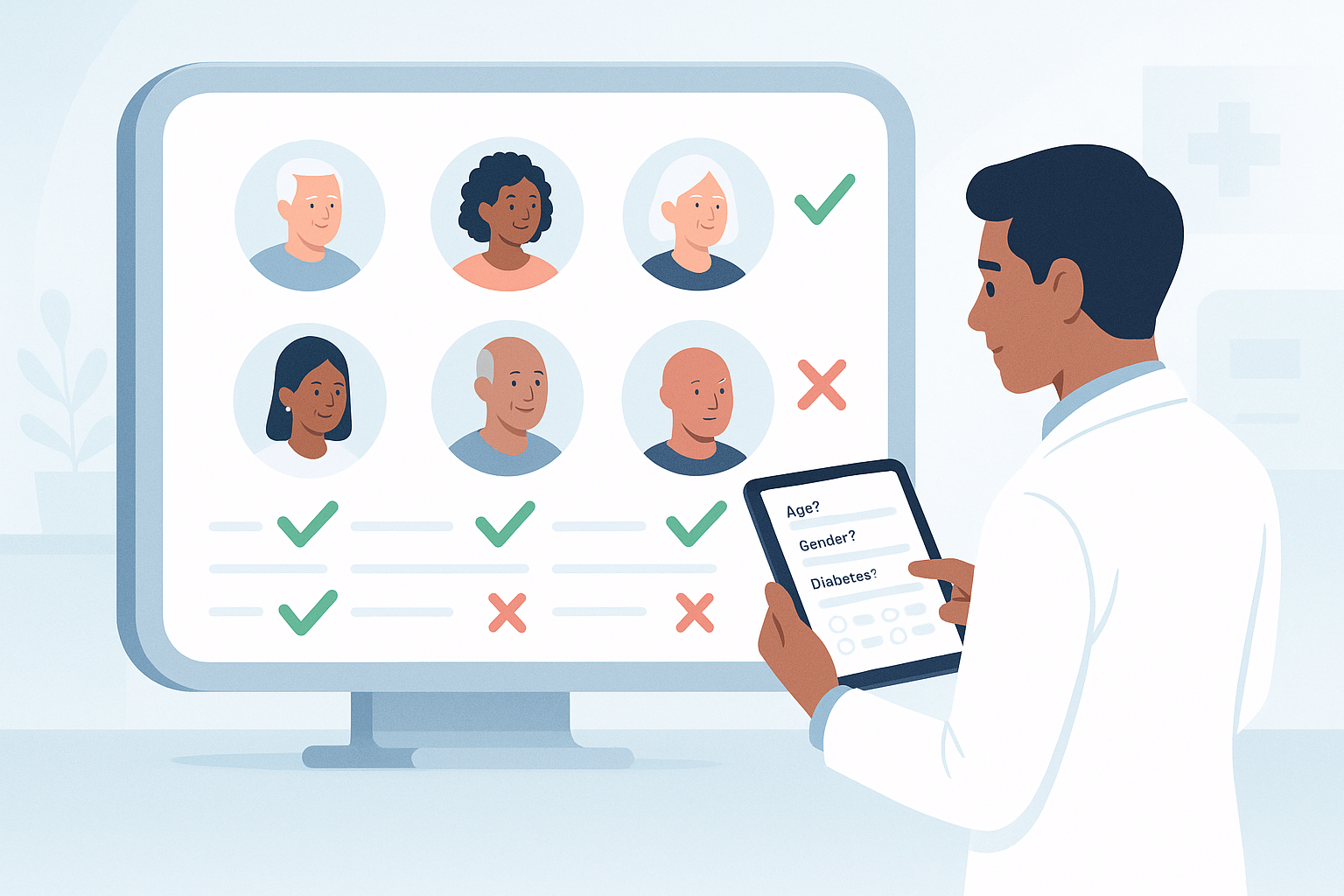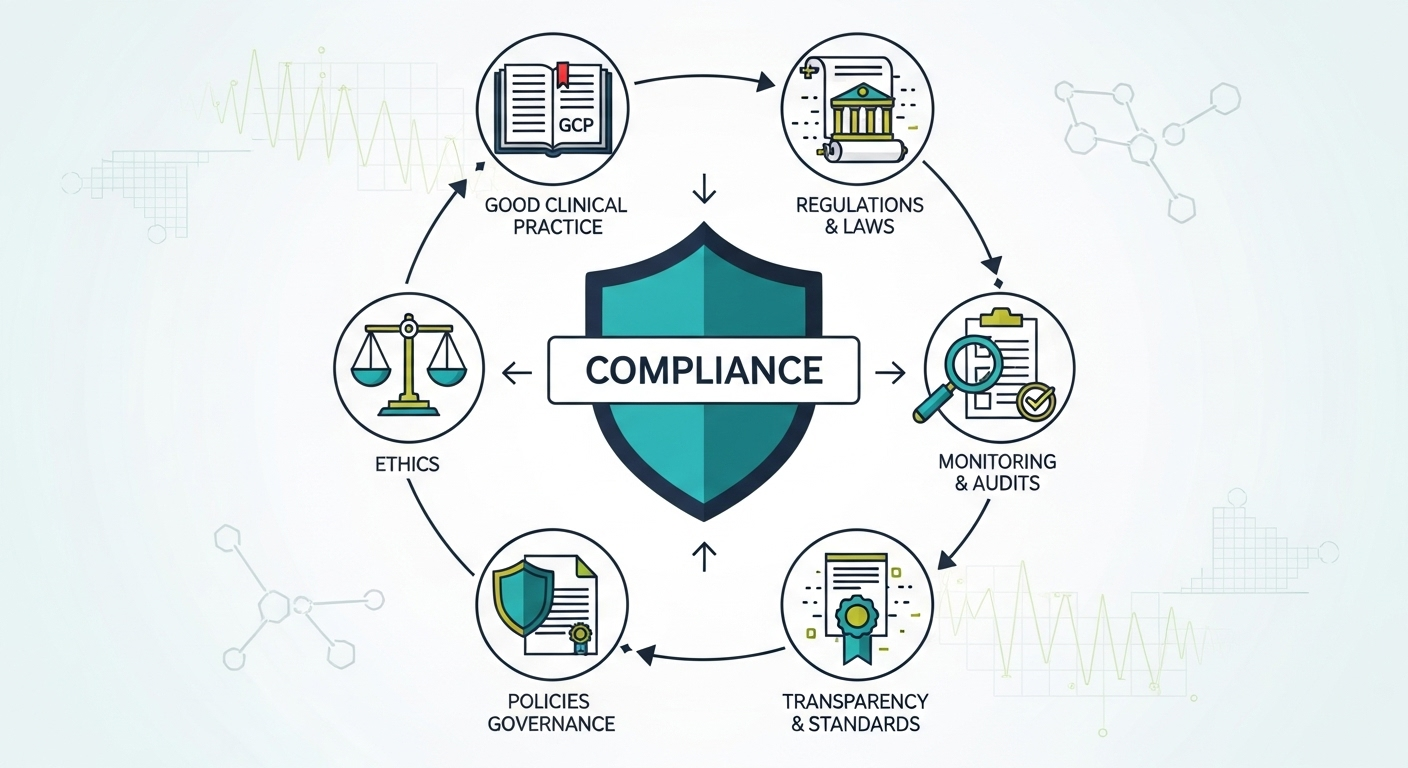Every day can seem like an uphill climb with many unsolved questions for someone who has a rare disease. It frequently takes years to find a proper diagnosis, available treatments, and emotional support. Finding qualified medical professionals or specialized care is made even more difficult by the fact that many rare diseases only affect a small percentage of people worldwide. In addition to geographic isolation, patients and their families may experience a lack of research and public awareness regarding their condition.
However, there is still hope. Researchers, medical professionals, and patient groups are working together to rewrite the story all over the world. Rare disease clinical trials, which are meticulously planned studies that test novel treatments, therapies, and supportive care techniques for conditions that were previously believed to be incurable, are among the most promising and transformative avenues for the future. These trials represent resiliency and teamwork in addition to being a source of medical innovation.
Patients at the Heart of the Process
Rare disease trials present a special challenge in recruiting participants. Patients with rare diseases are frequently dispersed throughout several nations and even continents, in contrast to more common conditions where sizable patient pools are available. Although this geographic dispersion can make outreach challenging, it has also spurred creative solutions.
To find and get in touch with possible participants, a lot of research sponsors work closely with patient advocacy organizations. These groups, which are frequently started by disease-affected patients or their families, offer important insights into the needs and priorities of patients. They aid in bridging the gap between the lived experiences of individuals who are directly impacted and scientific research.
Being a part of these networks is more than just a recruitment step for patients and their families; it’s a lifeline. Advocacy groups frequently assist patients in navigating eligibility requirements, offer peer communities as emotional support, and provide educational materials regarding the trial process. This advice can turn what could otherwise seem like a frightening medical procedure into a cooperative experience, guaranteeing that participants feel empowered and informed throughout.
Making Trials Easier to Join
Researchers are aware that patients may be discouraged from taking part in clinical trials due to practical issues like travel distance, expense, and time away from family or work. For patients with rare diseases, who may already be balancing complicated care regimens and specialist visits, these obstacles can be especially important.
Sponsors may provide: Travel reimbursement, if available, to alleviate patients’ and caregivers’ financial burdens, depending on the study.
In certain situations, stipends or compensation are given to make up for lost wages or other costs.When possible, medical professionals will visit patients at home for specific tests or procedures, eliminating the need for frequent trips to the clinic.In certain situations, doctors can use remote monitoring technologies to track side effects and progress in real time without having to travel constantly.
By guaranteeing that patients from various locations and backgrounds can participate, these actions not only facilitate participation but also advance inclusivity. By centralizing participant support and trial information, DecenTrialz helps people find opportunities that fit their needs without having to spend weeks looking. The research site always handles informed consent and final eligibility checks.
Safety and Privacy Come First
It makes sense that safety and privacy would be the top concerns for patients thinking about participating in a clinical trial. Like all clinical research, rare disease studies are subject to stringent ethical and legal requirements. An independent committee charged with safeguarding the rights and welfare of participants, known as an Ethics Committee in other countries or an IRB in the United States, reviews each trial.
Furthermore, confidentiality of all personal health information is guaranteed by adherence to the Health Insurance Portability and Accountability Act (HIPAA). Participants can rest assured that their medical information will be securely stored and handled in accordance with the consent form.
In addition to regulations, contemporary trials frequently incorporate additional safety measures like round-the-clock medical hotlines, thorough informed consent procedures, and frequent health check-ins. These steps assist researchers in keeping an eye on patient safety throughout the entire process.
New Treatments Through Orphan Drug Development
Orphan drug development has been a key factor in the advancement of rare disease research. According to the Orphan Drug Act, orphan drugs are made especially for illnesses that only affect a small patient population, usually less than 200,000 people in the United States. Because of the low commercial return, pharmaceutical companies have historically been hesitant to invest in such treatments. But the field has changed as a result of specific government incentives, tax credits, and scientific discoveries.
These days, highly individualized and successful treatments are being made possible by orphan drugs. These therapies are sometimes the first authorized treatments for certain conditions, giving patients a chance at a better quality of life where none previously existed.
Even though not every trial results in a medication that is ready for the market, each one provides important information about the course of the disease, patient reaction, and possible treatment strategies. This body of knowledge speeds up development and creates opportunities for new inventions over time. Before taking part in a trial, talk to your doctor about the risks and potential lack of direct personal benefit.
Finding Opportunities to Participate
The emergence of technology-driven trial matching platforms is one of the most empowering changes in clinical research. Patients can now find out about research opportunities without having to rely entirely on their physicians. People can now look for trials that fit their condition, medical history, and even personal preferences like location or travel restrictions thanks to safe online resources.
By centralizing trial listings and providing patient-friendly search tools, organizations and platforms like DecenTrialz are assisting in streamlining this process. Finding relevant studies, whether hospital-based, hybrid, or fully decentralized, is facilitated and expedited by these resources.
A Step Toward Hope
Enrolling in a clinical trial for a rare disease is not only a personal choice; it is also a way to support the community of patients, families, and researchers who are trying to find better cures and treatments. Even if there isn’t an immediate breakthrough from the trial, each volunteer’s experience helps shape the future of care.
Although the path with a rare disease is lengthy and unpredictable for many, clinical trials provide a feeling of purpose and direction. The idea of a better tomorrow gets closer to reality with every study that is started, patients that are enrolled, and discoveries that are made.
Clinical trials for rare diseases are tales of tenacity, willpower, and hope that go beyond simple scientific research. They also act as a reminder to those who are still looking for answers that change frequently starts with tiny but significant advancements and that progress is achievable.




